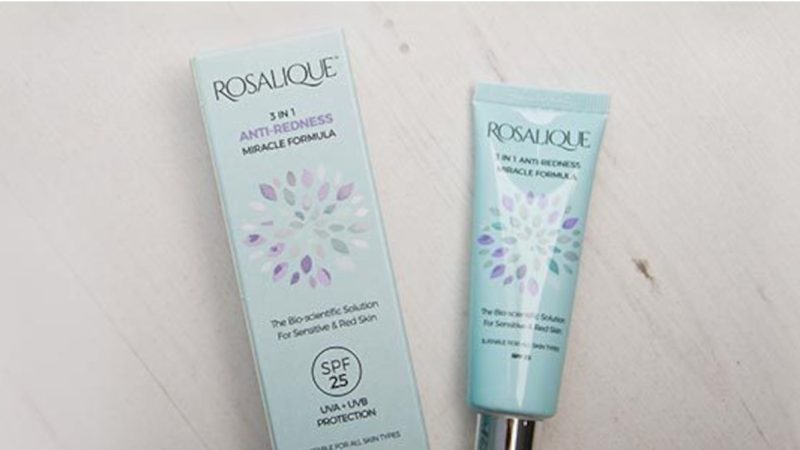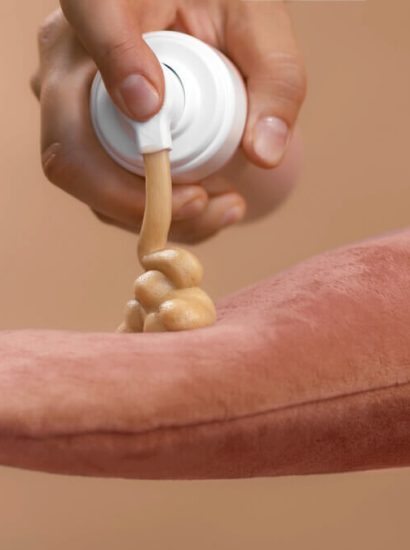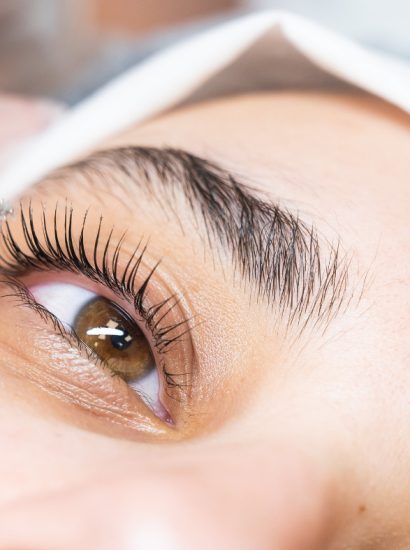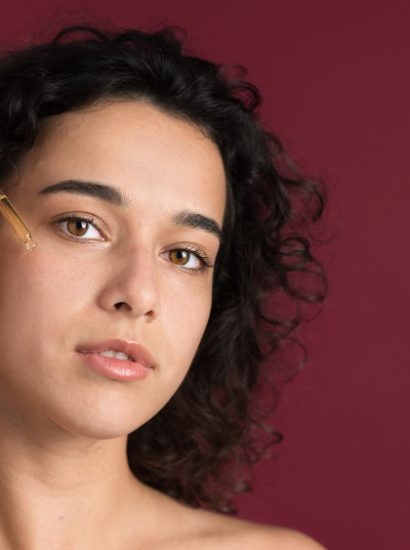If you’re dealing with flushed cheeks, visible capillaries, rosacea, or general skin irritation, you’re not alone. Redness-prone skin affects millions, and finding the best anti redness cream can be a game-changer for your skincare routine.
This guide will help you discover the top anti-redness creams in 2024, what ingredients to look for, and how to effectively reduce redness for a calmer, more even complexion.
What Causes Facial Redness?
Redness can be caused by a variety of factors, including:
- Rosacea
- Sensitive or reactive skin
- Environmental triggers (wind, sun, pollution)
- Allergic reactions
- Over-exfoliation or harsh skincare products
- Broken capillaries or inflammation
The best creams for red skin work by hydrating, soothing inflammation, and repairing the skin barrier—without causing irritation.
Top 5 Best Anti-Redness Creams (2024)
Here are the best-reviewed and dermatologist-recommended anti redness creams for different skin types and budgets:
La Roche-Posay Rosaliac AR Intense
- Best for: Rosacea and chronic redness
- Key ingredients: Ambophenol, Neurosensine, La Roche-Posay Thermal Spring Water
- Why it works: Anti-inflammatory, barrier-repairing, lightweight formula
- Price: £20–25
- Bonus: Fragrance-free, suitable for ultra-sensitive skin
Avene Antirougeurs Fort Relief Concentrate
- Best for: Sensitive, red-prone areas
- Key ingredients: Ruscus extract, Dextran sulfate, Avene Thermal Spring Water
- Why it works: Reduces microcirculation and visible blood vessels
- Price: £15–£20
- Bonus: Trusted by dermatologists across Europe
Dr. Jart+ Cicapair Tiger Grass Color Correcting Treatment
- Best for: Redness + coverage
- Key ingredients: Centella Asiatica (Tiger Grass), Niacinamide, Minerals
- Why it works: Neutralizes redness instantly with a green tint while treating inflammation
- Price: £35–£45
- Bonus: Doubles as a light BB cream
Eucerin Anti-Redness Soothing Care
- Best for: Daily redness control
- Key ingredients: SymSitive®, Licochalcone A
- Why it works: Calms the skin and strengthens the natural barrier
- Price: £15–20
- Bonus: Non-comedogenic and fragrance-free
Paula’s Choice Calm Redness Relief Moisturizer
- Best for: Dry and irritated skin types
- Key ingredients: Chamomile, Aloe, Oat Extract
- Why it works: Soothes redness while deeply hydrating and repairing
- Price: £30–35
- Bonus: Cruelty-free and great for layering with serums
Key Ingredients to Look for in an Anti-Redness Cream
| Ingredient | Benefit |
| Centella Asiatica (Cica) | Calms and repairs damaged skin |
| Niacinamide | Strengthens skin barrier & reduces inflammation |
| Aloe Vera | Naturally soothing and hydrating |
| Green Tea Extract | Anti-inflammatory and antioxidant-rich |
| Ceramides | Restores skin moisture barrier |
| Allantoin | Promotes healing and reduces irritation |
Avoid products with alcohol, artificial fragrance, or harsh exfoliants when treating redness.
How to Use Anti-Redness Cream Effectively
- Cleanse gently – Use a mild, non-foaming cleanser
- Apply a calming toner (optional)
- Use anti-redness cream – Apply a thin layer morning and night
- Lock in moisture – Follow with a hydrating serum or cream if needed
- SPF is essential! – UV rays can worsen redness, even on cloudy days
Consistency is key—use for 2–4 weeks before judging effectiveness.
Conclusion
Choosing the best anti redness cream can help restore confidence, improve skin texture, and reduce discomfort. Whether your redness is from rosacea, sensitivity, or environmental stress, these dermatologist-recommended creams are your first step toward calmer, clearer skin.
Don’t forget—healthy skin also depends on hydration, sun protection, and avoiding harsh products. Pair your cream with a gentle routine and you’ll start seeing results in no time.
FAQs
1. What is the best anti redness cream for rosacea?
La Roche-Posay Rosaliac AR Intense and Eucerin Anti-Redness Soothing Care are both dermatologist-approved and effective for rosacea-prone skin.
2. Can I use anti-redness cream every day?
Yes! These creams are usually formulated for daily use, both AM and PM, depending on your skin’s sensitivity.
3. Are there anti-redness creams with SPF?
Yes. Products like Avene Antirougeurs Day SPF30 offer sun protection along with redness relief.
4. Do anti-redness creams work on acne-prone skin?
Look for non-comedogenic and oil-free formulas with soothing ingredients like niacinamide or Cica to avoid clogging pores.
5. How long does it take to see results?
You may notice immediate calming effects, but consistent use for 2–6 weeks is needed for visible long-term improvement.
Also read: Beautiful Korean Women: Beauty Standards, Celebrities & Cultural Influence





